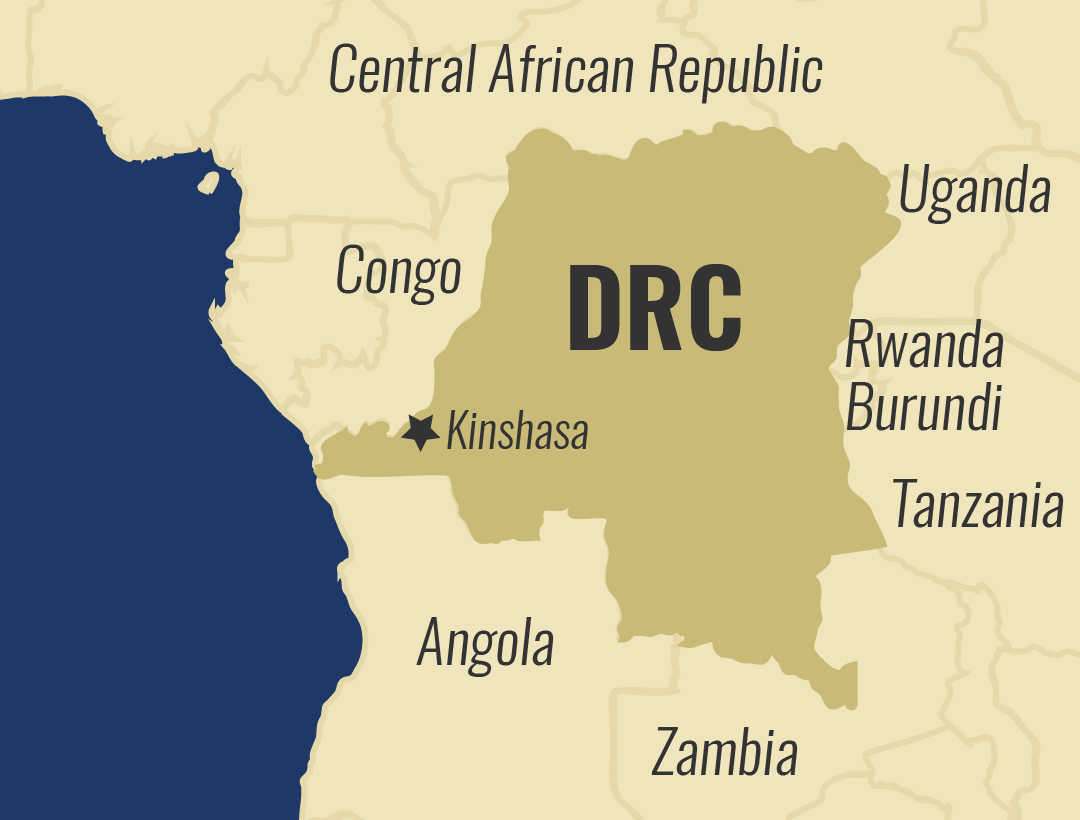Faces of Africa – AMISOM: Africans Save Somalia
In 1991 a civil war broke out in Somalia that was to last 20 years. Multiple rebel factions competed to fill the power vacuum left by the toppling of former ruler Mohammed Siad Barre. The atrocities committed by these clan based groups were widely publicized, and public outrage over inaction on the part of the international community prompted the United Nations to intervene.

The US military led the peacekeeping effort, but were quickly overwhelmed: Rival clans formed alliances to fight what they perceived to be a common enemy. The infamous 1993 battle of Mogadishu was a fiasco for the US military, and soon, all foreign troops withdrew from the country.
A later Ethiopian intervention also failed to restore peace to Somalia, and very few were hopeful that the situation could be brought under control. But in 2007, an ambitious African Union mission took up the challenge. Its name was AMISOM.

Incorporating soldiers from East African nations, the AMISOM peacekeeping force was to secure Mogadishu first, then fan out to liberate the country from the control of the unified faction dominating most of Somalia: Al-Shabab.
The Al-Qaida affiliated group had ruled Somalia harshly, enforcing their interpretation of Sharia law. Most forms of entertainment such as music and dancing were banned, and atrocities were commonplace.
Initially, AMISOM troops were exclusively Ugandan. Soldiers from Battle Group One, the very first AMISOM troops to set foot on Somali soil, arrived in 2007. Brigadier Peter Elwelu, their commander said the situation at the time of their arrival was horrific: “When we looked at all the people who were suffering, it was so painful, especially the women and the elderly. You’d say: “why this suffering?”
You looked at children who had nothing to eat, nowhere to sleep. They were always running, always dying. This is when you say: this situation must stop, and nobody can stop it except us.”

Burundian troops soon joined the war effort, but AMISOM’s restricted mandate allowed Al-Shabab to continue to act without fear of the consequences. Richard Bailey, a former media advisor to AMISOM says the bombing of AMISOM headquarters changed everything.
“The catalyst came when suicide bombers got into AMISOM headquarters and simultaneously detonated two bombs; one threw the force commander against a wall and killed his deputy. That triggered an understanding within AMISOM that sitting and waiting was not ever going to be an option”, he said.
Armed with new orders allowing the use of lethal force, AMISOM troops began the grueling task of clearing Mogadishu of any Al-Shabab fighters. The process was painstaking, as Brigadier Paul Lokech, the AMISOM commander who succeeded brigadier Elwelu at the head of the Ugandan contingent explained: “It took us about three to four days to progress about 400 meters. Even the state house wasn’t safe for the President.”
But against all odds, on August 6th 2011, Al-Shabab was pushed out of Mogadishu. AMISOM had succeeded where even the mighty US military had failed: they had put Mogadishu under their control. “When Al-Shabab left Mogadishu, it was a turning point, said former Prime Minister Abdiweli Mohamed Ali, because we knew that once they left Mogadishu it would be easy to defeat them in other areas.”

With their capital now liberated, AMISOM started to train local police and fire departments, and supervise their incorporation into a renewed public structure. Free and fair elections soon followed, and Hassan Sheikh Mohamud was chosen to be the new President of the Republic of Somalia.
In a speech after the election result was announced, he said: “What has happened here today will be written on a golden page of Somalia’s history.”
Although Al-Shabab is still operational, a problem whose solution had seemed so elusive for so many years had come from within. African peacekeepers had solved an African problem.





